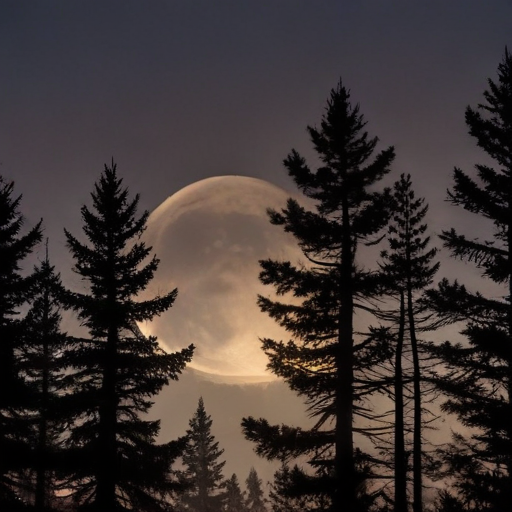This week, astronomy enthusiasts will have the opportunity to admire November’s Beaver full moon, marking the final supermoon of 2024’s series of four consecutive supermoons. The supermoon celebration began in August with a remarkable blue moon, and after this month’s Beaver Moon, the next supermoon won’t be visible until late next year.
The name “Beaver Moon” originates from traditional practices noted by the Old Farmer’s Almanac, reflecting the time of year when beavers begin to retreat to their lodges, having stocked up on food supplies for the winter. This full moon also goes by several other names, including the Frost Moon, the Freezing Moon, the Digging Moon, the Deer Rutting Moon, and the Algonquin Whitefish Moon, all of which connect to themes of winter and animal behavior.
The peak of the November supermoon will occur on Friday, November 15, at 4:29 p.m. EST, according to NASA. During this period, approximately 96% of the moon’s near side will be illuminated by the sun on Thursday, reaching a full 100% illumination by Friday, and slowly decreasing to 99% and 96% over the following weekend. This celestial event can be enjoyed with the naked eye—no binoculars or telescope required.
Supermoons are unique because they occur when a full moon coincides with the moon being at its closest point in orbit to Earth. The distance from Earth can range between approximately 221,457 miles and 252,712 miles. For this November supermoon, the moon will be around 224,385 miles away, appearing larger and brighter than a typical full moon. In fact, during this supermoon, it will appear about 6.2% larger and 12.8% brighter than the average full moon of 2024.
Looking ahead, skywatchers can anticipate three supermoons in 2025, beginning in October. The anticipated dates include October 7, November 5, and December 4, followed by another supermoon to ring in the new year on January 3, 2026.
As we look to the skies this November, the Beaver Moon not only serves as a reminder of nature’s cycles but also provides a moment for reflection and wonder. As we gather to view this stunning celestial phenomenon, it’s a beautiful opportunity to connect with the rhythms of the universe and appreciate the majesty of the night sky.
